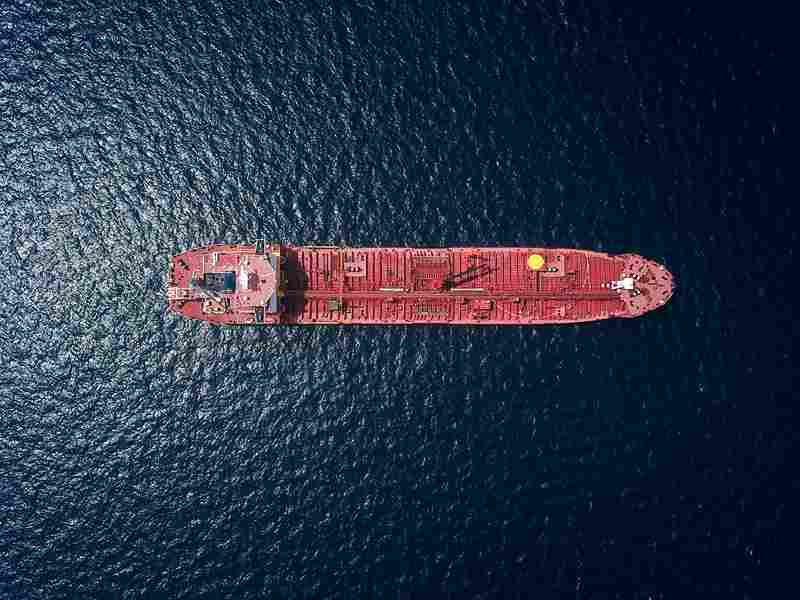
Impact of Weather Conditions on Bunker Fuel Storage and Handling
Weather conditions exert a significant influence on the storage and handling of bunker fuel, presenting both challenges and opportunities for the maritime and industrial sectors. Bunker fuel, essential for powering ships and industrial machinery, must be stored and handled under diverse environmental conditions ranging from extreme heat to freezing cold. Understanding these impacts is crucial for optimizing operational efficiency, ensuring safety, and minimizing environmental risks.
1. Temperature Extremes:
a. High Temperatures: In hot climates, bunker fuel stored in tanks can experience increased volatility and evaporation rates. This not only leads to potential losses but also poses safety hazards due to the buildup of flammable vapors. Materials used in storage tanks must withstand thermal expansion and contraction without compromising structural integrity.
b. Low Temperatures: In colder regions, bunker fuel can thicken or solidify, causing flow issues during handling and combustion. This necessitates the use of heating systems in storage tanks and pipelines to maintain fluidity. Insulation and heating solutions are critical to prevent fuel degradation and operational disruptions.
2. Humidity and Moisture:
Humid environments can promote corrosion in storage tanks and piping systems, especially if moisture combines with sulfur present in bunker fuels to form sulfuric acid. Corrosion-resistant materials and effective moisture control measures are essential to mitigate these risks and extend equipment lifespan.
3. Wind and Storms:
Strong winds and storms pose physical risks to storage facilities and vessels during fuel transfer operations. Proper mooring, robust infrastructure design, and emergency protocols are crucial to prevent accidents and spills. Additionally, floating roof tanks and secure mooring systems help mitigate risks during adverse weather conditions.
4. Sea Conditions:
Marine environments present unique challenges due to constant motion and exposure to seawater. Floating storage solutions must account for wave-induced stresses and corrosion from saltwater spray. Protective coatings, regular inspections, and corrosion-resistant materials are vital for maintaining structural integrity and operational safety.
Solutions and Best Practices:
- Advanced Monitoring Systems: Implementing weather monitoring systems and real-time data analytics can help anticipate weather-related challenges and optimize fuel management strategies.
- Material Selection: Utilizing corrosion-resistant alloys, fiberglass-reinforced plastics, and advanced composite materials in storage tanks and pipelines enhances durability and reduces maintenance costs.
- Heating and Insulation: Installing heating systems and thermal insulation in storage tanks and transfer pipelines helps maintain optimal fuel viscosity and prevents solidification in cold climates.
- Emergency Preparedness: Developing comprehensive emergency response plans and conducting regular drills ensures swift action in the event of weather-related incidents or natural disasters.
- Regulatory Compliance: Adhering to international regulations such as MARPOL (International Convention for the Prevention of Pollution from Ships) ensures environmental stewardship and minimizes the impact of bunker fuel handling on ecosystems.
Conclusion:
Weather conditions exert a multifaceted impact on bunker fuel storage and handling operations, influencing safety, efficiency, and environmental sustainability. By leveraging advanced technologies, resilient infrastructure designs, and proactive management practices, stakeholders in the maritime and industrial sectors can effectively mitigate weather-related risks while enhancing operational resilience. Embracing these strategies not only safeguards assets and personnel but also promotes sustainable practices in the global transportation and energy sectors. As weather patterns continue to evolve, ongoing innovation and collaboration are essential to adapt and thrive in a changing climate landscape.





